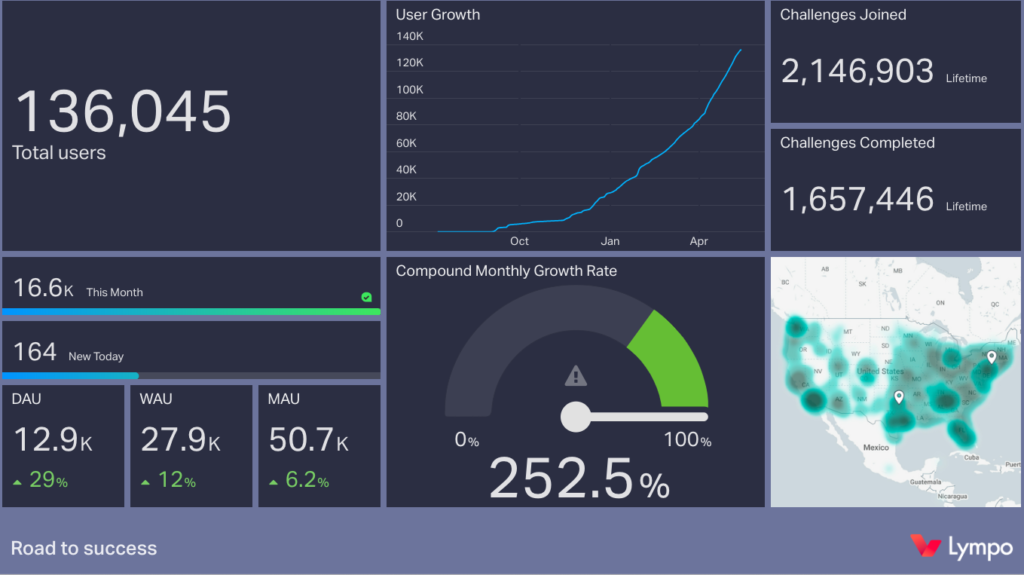
What if you could monetize your own data? In the health and wellness sector, companies like Fitbit are amassing data about user’s activity, sleep patterns, eating habits, and lifestyles. Workplaces are requiring employees to wear digital wristbands to keep tabs on their health, and potentially their every step. Even insurance companies are trying to harvest customers fitness data.
All that data is valuable. And they’re getting it for free. What if they had to pay you for it?
Controlling One of Your Most Valuable Assets
One woman decided to take control of her own fitness data. “People are tired of giving their data away freely while big companies cash it out,” says Ada Jonušė, CEO and cofounder of Lympo, and winner of Lithuania’s 2018 Women in Tech award. “Along with the old model of the internet, we have to say goodbye to data use models that prey on users.”
Jonušė acknowledges that corporate use of data isn’t necessarily a bad thing. She just wants users to have control of their own assets. “Many companies are invested in the health of their employees or user base. That’s a good thing. They should pay for the privilege of having access to that information.”
The World Economic Forum considers personal data to be a new asset class. “Among all data classes,” reads Lympo’s whitepaper, “health related data is one of the most valued and expensive assets.”
“I’m proud of my fitness data,” Jonušė laughs. “Pay me for it.”
Incentivizing Fitness Where Fitbit Has Failed To
Lympo tackles another problem in the world of smart fitness: incentivizing activity. Fitbits have a novelty appeal, but low staying power outside of self-motivated enthusiasts. A full half of Fitbit owners don’t even use them. Studies have found that reward incentives boost activity among fitness wristband users, but the incentive needs to be sustained for the activity to keep up.

Along with the incentive of data ownership, Lympo creates incentive through tokenized rewards. By participating in social challenges and documenting benchmarks, users can earn Lympo tokens, which they can exchange for products in the Lympo ecosystem. Jonušė hopes this will have benefits at both a personal and a corporate level.
“Companies seeking a healthier workforce can set up workplace challenges to keep people using their Lympo wearables,” she says. The app is set up to make this simple for companies and employees. “The point is, if people want to be healthier and their companies want them to be healthier too, what we need to do is support these efforts, to make it easy, fun and rewarding.”
If You Thought Launching an ICO Was Hard, Try Doing It As a New Mother
Jonušė founded her company, ran the ICO, built the app, launched in three countries and had a baby all in the same year. Since then, Lympo, has attracted 136,000 users, nearly 13,000 of whom are active daily, with over 1.6 million challenges completed. It’s already the number one fitness app in South Korea, and is partnering with major brands like Gold’s Gym and Oxygen.
The Lympo token is currently circulating on exchanges like Bitfinex, Ethfinex, KuCoin, Gate.io, Huobi, and Cobin Hood. By fourth quarter of this year, Jonušė hopes to have Lympo’s blockchain public ledger activated with a benchmark of over half a million users.
How does one person accomplish all this in such a narrow window of time? “It’s not like it was easy but,” she hesitates, “what can I say? You can’t stop me! That’s why I like fitness. I like to be active. I like to keep going.”











